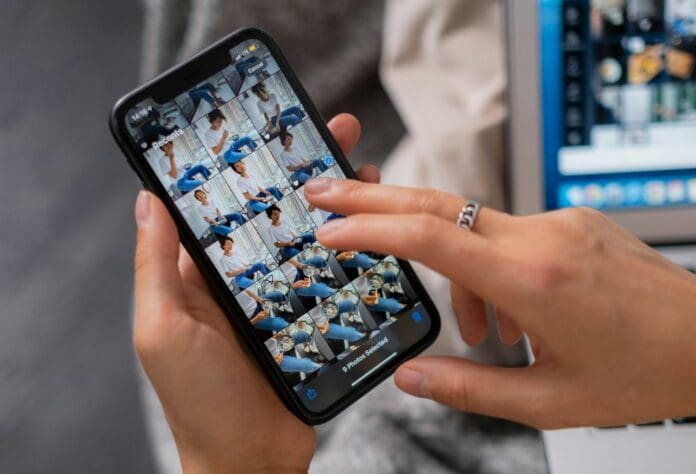This post is also available in:
 עברית (Hebrew)
עברית (Hebrew)
Apple’s newly introduced “Enhanced Visual Search” (EVS) feature, launched with iOS 18 and macOS Sequoia in 2024, is raising privacy concerns after it was found to be enabled by default on users’ devices. The feature, intended to help users search for landmarks and points of interest in their photos, sends photo data to Apple’s servers for analysis, sparking a debate over user consent and data privacy.
Previously, Apple devices only used on-device processing to identify faces and objects in photos. With the introduction of EVS, however, the photo data is now sent to Apple’s servers for comparison with a global database of landmarks, a process that Apple claims is designed with privacy in mind. According to Apple, multiple methods are employed to protect user data, and the data is anonymized through methods such as masking IP addresses and encrypting the information sent to its servers.
Despite Apple’s assurances, the rollout of EVS has triggered a backlash. According to Cybernews, developer Jeff Johnson, who raised the issue in a widely-read blog post, criticized the company for silently activating the feature without asking for user consent. Johnson argues that privacy should be simple: if data is processed on the device, it remains private, but sending it to external servers compromises that privacy. The lack of an opt-in process for this feature has prompted concerns that users are unknowingly allowing their photos to be analyzed and stored by Apple.
Later, Apple released a detailed technical document explaining how EVS works. The document clarifies that when a landmark is detected in a photo, the on-device AI generates a mathematical fingerprint, which is then sent to Apple’s servers for comparison. However, critics like Johnson remain skeptical of the technical explanations, questioning the effectiveness of Apple’s privacy protections and the lack of transparency regarding data collection.
For users who wish to disable EVS, the feature can be turned off in the device settings. However, the debate continues over whether Apple should have provided users with a clearer opt-in process from the start.

























